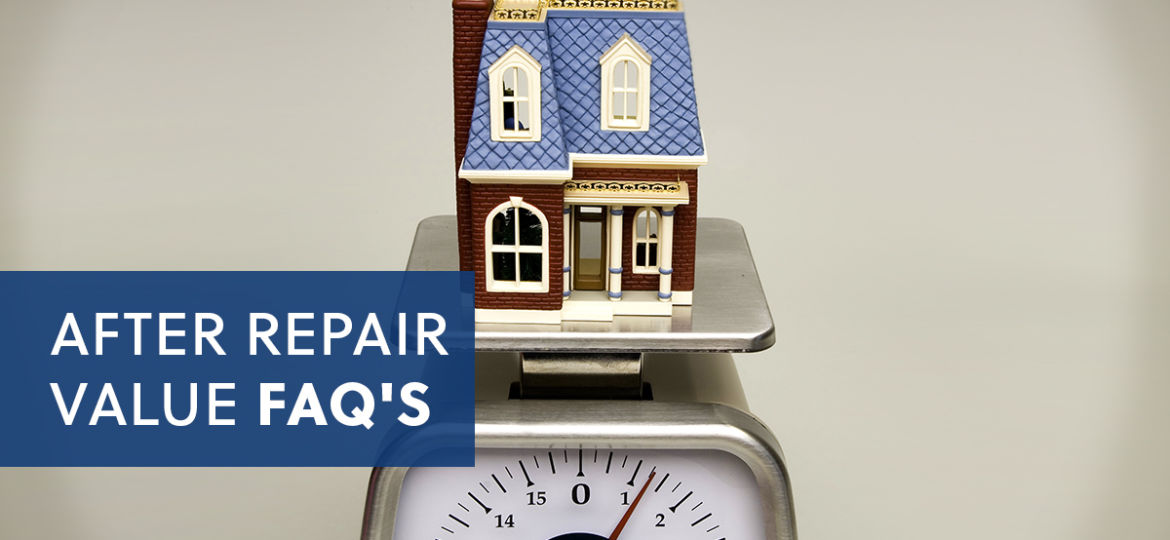
How Do I Determine the After Repair Value (ARV) of a Property?
Answers to Five Common Questions About Determining After Repair Value
ARV (After Repair Value) is one of the most important things to consider when buying an investment property. Simply defined, ARV is what a property will be worth when the rehab is complete. Don’t get this mixed up with an “as-is” value, which is what the property is worth in its current state, before any rehab work is done.
Most lenders, including RFG, determine the maximum loan amount for a project based partially on the projected After Repair Value. Having a clear sense of the ARV will be important when applying for a loan, but also when evaluating the total profitability of your project.
Location, amenities, finishes, and upgrades can all have an effect on the ARV. Careful planning of the improvements you are going to make with respect to how they will impact the ARV is the smartest path to making money. Remember that flipping a house is a business and nothing will impact your profits more than understanding and maximizing the gap between your investment (purchase and rehab costs) and the ARV. A great way to do this is to plan ahead with a house flipping business plan (download our free business plan template) that includes a timeline, comparable properties, and a financial overview.
Here are the most frequently asked questions about ARV:
1) What are the most important characteristics of a property to consider when determining ARV?
Websites such as Zillow.com will provide you with details of recently sold properties, such as the number of bedrooms, bathrooms and square footage. Compare the house you are looking at to other sold houses in the same zip code with similar characteristics to get a sense of value. You may need to make some subjective adjustments for quality or appearance differences. Make sure to look at only sold properties, not properties listed for sale, as the listing price is not always reflective of the true value of a property.
2) Would looking at the size of similar sold properties as close as possible to the property I am interested in help me?
Location is very important. Using websites such as Zillow.com or Realtor.com, find three similar sold properties as close as possible to your property. Try to find properties that have the same proximity to things like public transportation, shopping, and schools as the property you are considering. Determine the average price of the three properties and the average square footage of each property. Then divide the average price by the average square footage to determine the average selling price per square foot. Next, multiply this price per square foot by the square footage of your property, to determine its value based on the square footage of the property. Basically, you’re calculating how much a square foot is worth in the neighborhood.
3) Can a realtor provide me with a Comparative Market Analysis?
Ask a realtor involved in the transaction to provide you with a Comparative Market Analysis (CMA). The CMA will provide you with closed sales in the area along with characteristics and pictures of each property but will not necessarily give an expected value for the property you are interested in. From the CMA, however, you can determine the expected After Repair Value based on one of the methods found above. A broker involved in the transaction will not usually charge a fee for the Comparative Market Analysis.
4) Should I employ an appraiser to appraise the property for me?
You can hire an appraiser familiar with the area to prepare a full appraisal for you. You should request both an “as-is” and as repaired value. The appraiser will prepare an appraisal report based upon the square footage of the property and local sales. This method of determining value is considerably more expensive than the others but may be the most thorough. Be advised, however, that most lenders will require an appraisal from an appraiser of the lender’s choosing, so you may end up paying for two appraisals on the same property. For more help with the math of figuring out ARV and LTV see this Guide from FitSmallBusiness: ARV.

